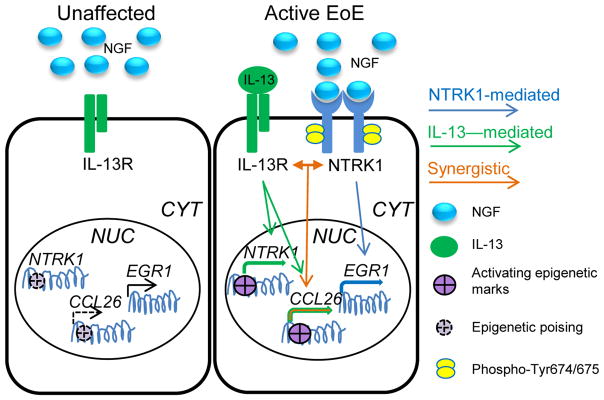Figure 9. Model for propagation of IL-13–mediated allergic inflammation in epithelial cells.

Prior to IL-13 stimulation (represented by unaffected cell), promoters of CCL26 and NTRK1 are epigenetically poised for activation (small light purple circles with broken lines), but genes are either not transcribed (NTRK1) or transcribed at a low level (CCL26, broken arrow). Early response gene EGR1 is transcribed at a detectable level (represented by solid arrow). NGF is present in the environment but does not elicit a transcriptional response. During allergic inflammation (exemplified by active EoE), IL-13 initially induces epigenetic and transcriptional responses of its targets, as shown for CCL26 and NTRK1 (large purple circles with solid lines and green arrows) and increased expression of NTRK1. Subsequently, NGF binds to NTRK1 and elicits signal transduction (illustrated by phosphorylation of NTRK1 on kinase domain [yellow ovals]), which leads to an NGF/NTRK1-mediated transcriptional response (e.g. induction of EGR1, blue arrow), as well as a synergistic effect on transcription of key inflammatory genes (orange arrows, exemplified by CCL26). IL-13R, IL-13 receptor; NUC, nucleus; CYT, cytoplasm.
